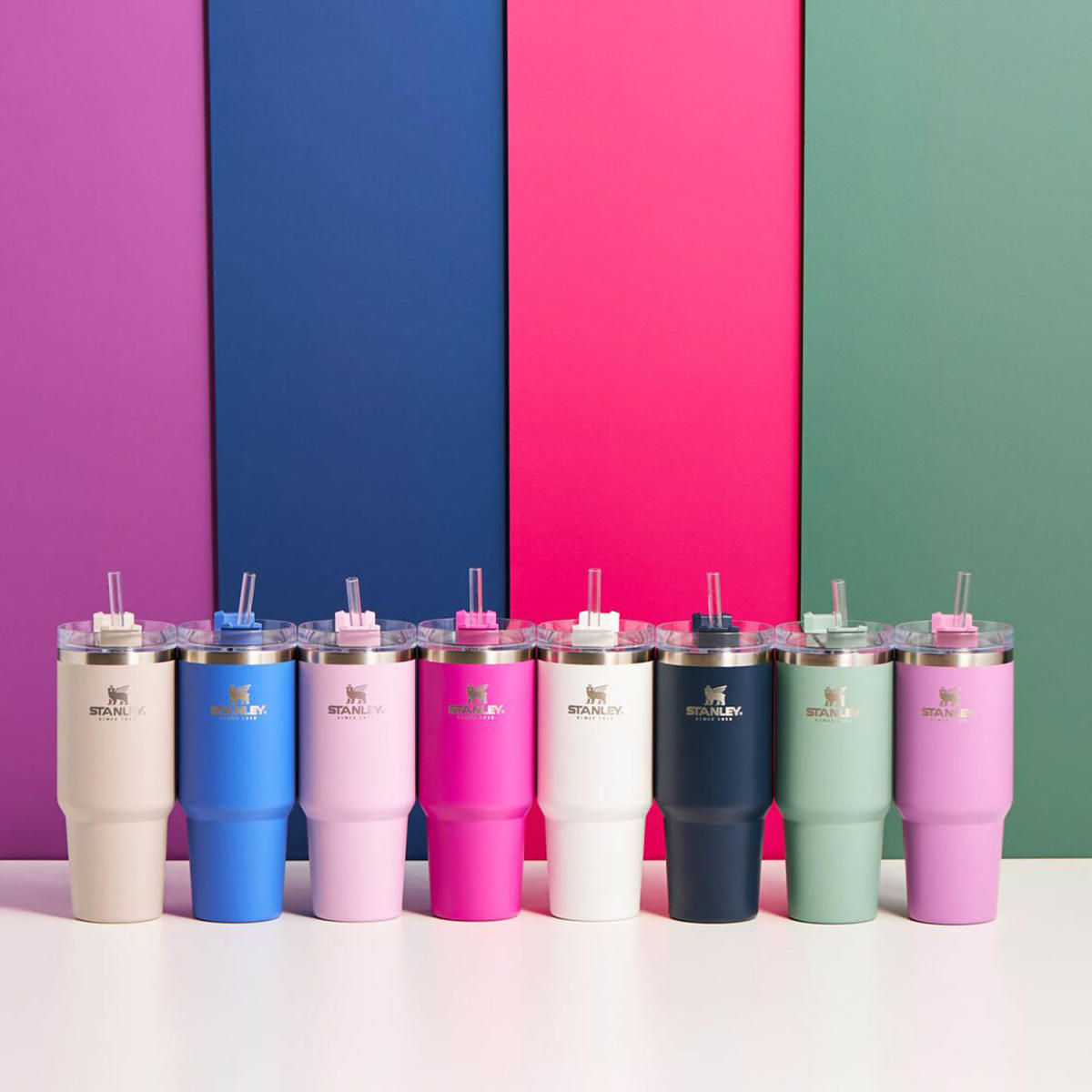The Stanley cup craze is real. The company has increased its revenue by over 970% in four years. The TikTok hashtag #stanleycup has 7.2 billion views. The Stanley 1913 brand has been around for over a century, and has traditionally evoked an image of a large steel, green, insulated, rugged thermos. Now, when you think of Stanley, you probably think of the large, brightly colored tumbler that fits nicely into a cupholder, or of the lines of people trying to snag a limited-edition cup. It’s clear that this image has completely changed.
@doesnttiktok Who’s they anyway? #FYP #trending #stanley #stanleyquencher #stanleypmi #stanleytumber #stanley40oztumbler #momcup #foryou#viral #foryourpage #stanleyadventurequencher
At its core, Stanley’s brand is the same. They make a durable cup that keeps liquid hot or cold for extended periods of time. The subtle changes that led to the Stanley cup craze offer many lessons from which organizations in all industries can learn.

Source: @kaitlinsondae/TikTok, @victoria_robino_26/TikTok
Lesson 1: Expand Your Audience
One of the major drivers of Stanley’s recent success doesn’t have much to do with what it was doing; it has to do with which audiences Stanley targeted. The brand tapped into a market that it previously didn’t pursue – women – by making aesthetically pleasing and colorful tumblers.
This tactic can be applied by any organization looking for new ways to get people involved. They don’t have to reinvent the wheel and overhaul their current processes. Instead, they can identify new audiences and showcase how their specific organization or cause can fit into their lives.
Teak client, Project Bread, hosts an annual Walk for Hunger. While typically a 20-mile walk, its 2023 event offered a new three-mile loop around the Boston Common – a more accessible distance for many that opened the walk up to more people. Project Bread also hosted a virtual walk option to engage people beyond Boston. By focusing its efforts on demographics that may not have been able to participate in its traditional event, Project Bread was able to get more participants involved with its cause.
Lesson 2: The Power of Third-Party Endorsement
Stanley has highlighted its third-party endorsements over the past year, many of which involved TikTokers showing off their Stanley collection while expressing their love. Most notably, one woman’s Stanley survived a car fire – and still had ice inside – showcasing how durable the cup was in a devastating situation. In this case, this every day woman demonstrated the product’s greatness in an authentic way, driving home the power of the cup in a way that Stanley would never be able to do alone.
Third-party validation can take many shapes through influencers, organic news reports, user-generated content, and more. When organizations utilize these avenues, they show how they can fit into the average person’s everyday life and build trust with their intended audiences. In today’s environment, this trust is hard to gain but necessary for an organization to survive. Stanley figured out how to use customer trust as a marketing strategy.
Health In Harmony, another of Teak’s nonprofit clients, saw the benefit of third-party testimony first-hand. Thanks to a ProPublica article that featured the story of someone helped by the organization, more than $125,000 were donated within a week of publication. The credibility that is generated by media builds consumer trust and helps organizations grow.
Lesson 3: Lean Into Your Strengths
Stanley knew its strength was in its product – a strong and durable cup that helps the environment by reducing the use of single-use cups – and showcased how this strength could benefit all types of consumers. No matter what the activity, Stanley would be there. This is a great reminder for all types of organizations that leaning into your strengths, and showing how these strengths benefits people, is a key component of success. These strengths are an organization’s differentiator and should be leveraged. Convey your organization’s strengths to different audiences to build customer loyalty and watch it grow.
The Nature Conservancy (TNC) in Massachusetts leaned into one of its greatest strengths: its employees’ expertise. The organization began a video series on social media called TreeTalk with Andy, a forest ecologist at TNC, which covers various tree facts, anecdotes, and science. Leaning into this strength was very successful for TNC, as the videos in this series provide some of the organization’s best performing content. One of the videos reached over 17,000 accounts, 98% of which were not already following TNC, thus broadening the organization’s exposure to new followers.
I have no doubt that Stanley’s virality will be a case study for public relations and marketing professionals to learn from in the years to come. Lessons like changing an audience instead of a product or branding, the value of third-party endorsements, and leaning into strengths are just a few of the learnings that can be gleaned from the Stanley cup craze.


